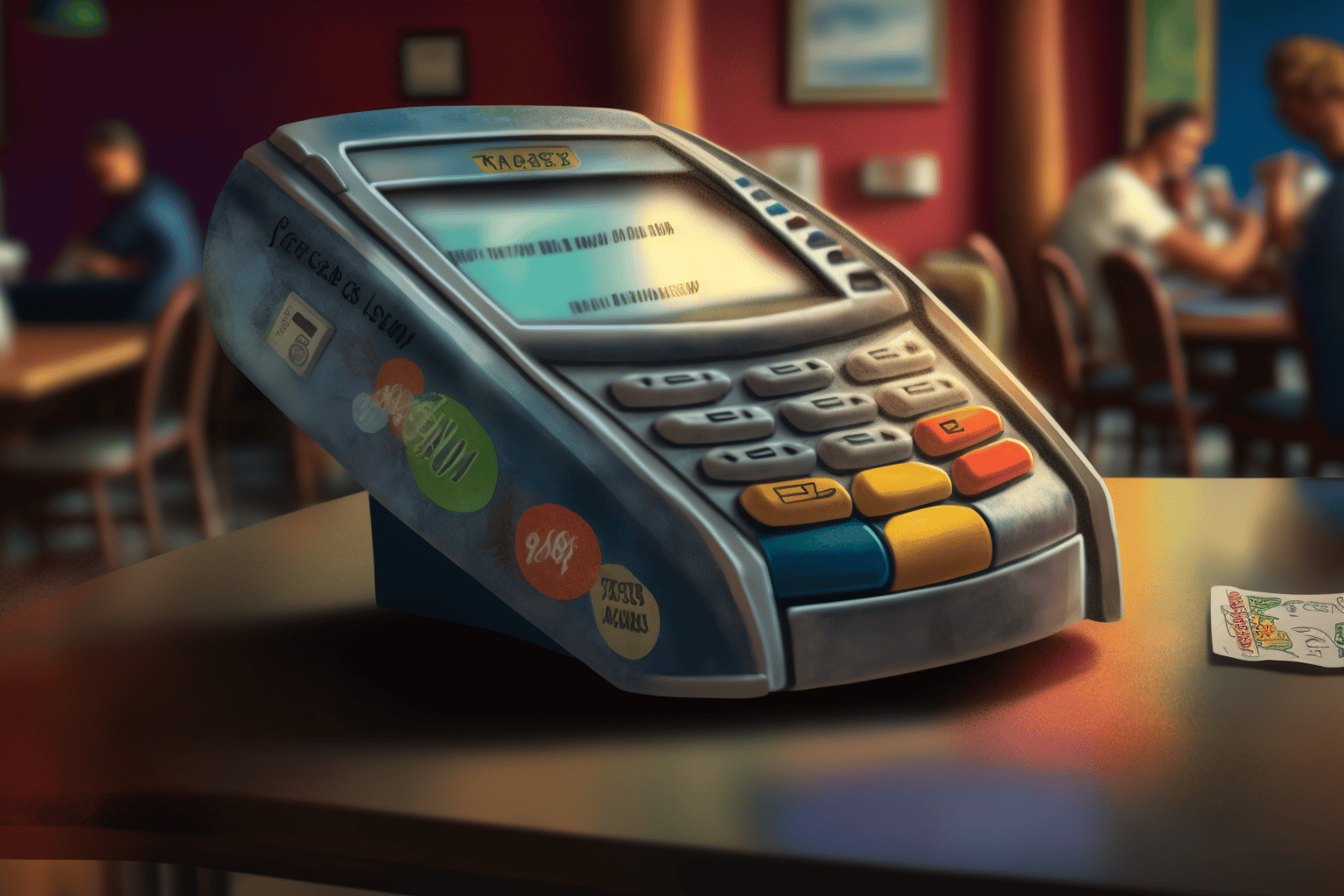Data breaches are incredibly common. In 2020, there were 1,108 data breaches in the U.S alone, with Equifax in 2017 and several popular sporting goods sites in late 2021 being some of the notable breaches. The U.S. Bank also had an incident where 11,000 customer’s information was accidentally shared by a third party vendor.
Data breaches can come in various forms and sizes, and it’s important to take them seriously. However, it’s also important not to panic and to do damage control in an effective way.
Taking Action After a Data Breach
Closing a credit card account after a data breach is not always necessary or effective. The bigger concern is new accounts being opened with stolen Social Security numbers. Here are some steps to take after a data breach to protect yourself:
Request a New Card After a Data Breach
Credit card companies are always on the lookout for potential data breaches, and they will take quick action in the event of one. They will automatically request a new card for customers affected by a breach, as this is a crucial step in minimizing the damage. If a third party, such as a retailer, suffers a data breach, customers can report the card as stolen and request a new one with a new number. This simple step makes the old card useless to any potential thief.
Enroll in a Reputable Credit Monitoring Service
Companies that experience data breaches often offer free access to online credit monitoring services for a specified period of time to help their customers stay protected. Regardless of whether you have been affected by a data breach, enrolling in a reputable credit monitoring service is a smart idea. This will help you stay vigilant and be alerted of any unusual activity on your credit card accounts.
Setting Up a Fraud Alert
In the event of a data breach that exposes sensitive information beyond your credit card number, such as your Social Security number or date of birth, a fraud alert could be a smart proactive step. This alerts lenders to take extra steps to verify your identity when credit is applied in your name, making it harder for thieves to open fraudulent accounts. Setting up a fraud alert is free and can be done directly with one of the three credit bureaus.
Taking a Credit Freeze
If someone has already tried to open a credit account in your name, a credit freeze could be the best option. A credit freeze denies access to your credit report entirely and makes it impossible to open accounts in your name. This more dramatic step is free to set up with the credit bureaus, but it must be done individually with all three bureaus.
Every data breach is a unique situation and there is no one-size-fits-all solution. However, by acting quickly and appropriately, it’s usually not necessary to cancel the credit card after a data breach.
Data breaches are an inconvenience, but there are relatively easy steps you can take to protect yourself. By using tools such as a new credit card, credit monitoring services, fraud alert and credit freeze, you can make data breaches a mild inconvenience. Remember, these are just some of the steps you can take and not all of them will apply in every situation.




